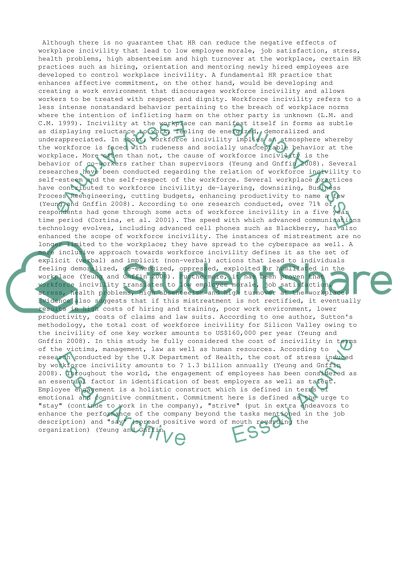Cite this document
(“Workplace Incivility vs. Organizational Affective Commitment Essay”, n.d.)
Retrieved from https://studentshare.org/management/1445349-workplace-incivility-vs-organizational-affective
Retrieved from https://studentshare.org/management/1445349-workplace-incivility-vs-organizational-affective
(Workplace Incivility Vs. Organizational Affective Commitment Essay)
https://studentshare.org/management/1445349-workplace-incivility-vs-organizational-affective.
https://studentshare.org/management/1445349-workplace-incivility-vs-organizational-affective.
“Workplace Incivility Vs. Organizational Affective Commitment Essay”, n.d. https://studentshare.org/management/1445349-workplace-incivility-vs-organizational-affective.


